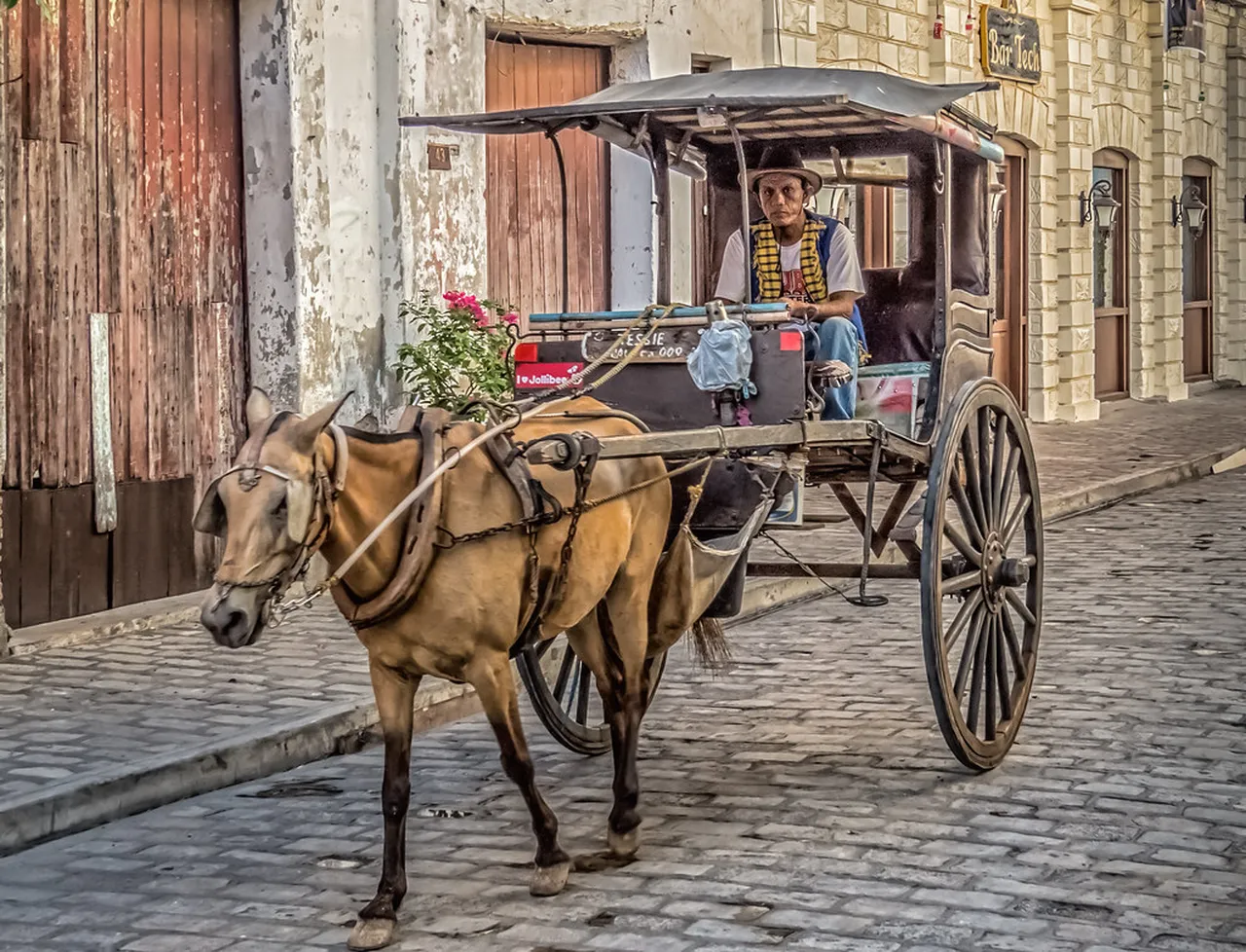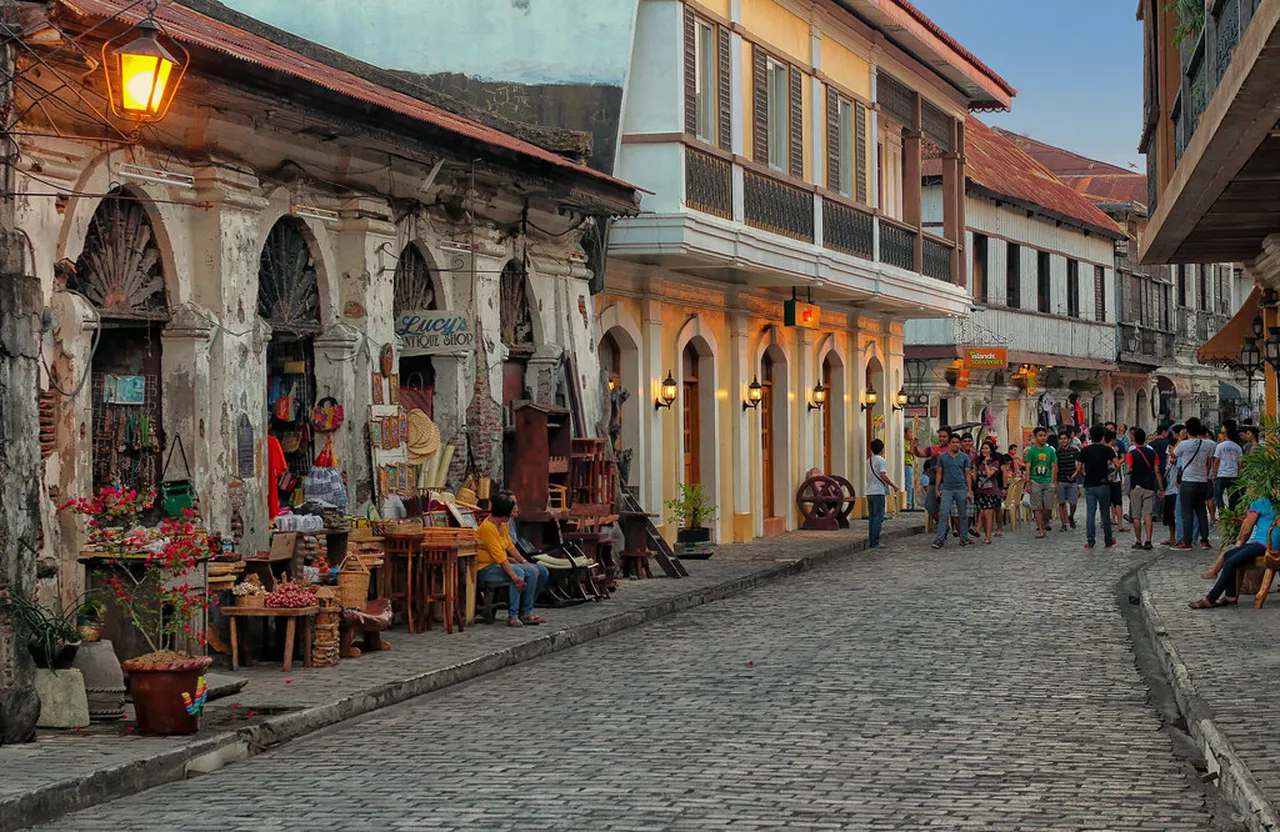
Vigan Culture: Unveiling the Heritage of the Philippines
Table of Contents
Vigan Culture
Vigan, a UNESCO World Heritage Site in the Philippines, offers a unique glimpse into the rich Vigan culture that fuses indigenous traditions with colonial influences. This one-of-a-kind city is renowned for its preserved Spanish colonial architecture, cobblestone streets, and vibrant local customs that reflect its storied past. In this article, we will delve into various aspects of Vigan culture, including its historical significance, culinary delights, traditional arts, and lively festivals. Whether you’re planning a visit or simply exploring from afar, experiencing Vigan culture will inspire and enrich your understanding of this precious heritage.
Want to find the best travel deals for this destination? find adventure planner with our adventure planning specialist!
1. Discovering the Historical Foundations of Vigan Culture

The Vigan Culture is deeply rooted in its rich history, blending indigenous and colonial influences that reflect the era of trade and colonization. Established in the 16th century, Vigan was a key port and trade center, attracting diverse cultures and traditions. Moreover, the city’s status as a UNESCO World Heritage Site signifies its value as a cultural and historical treasure.
Transitioning through time, Vigan has retained much of its heritage, which is visible in its festivals and local traditions. Furthermore, the historical foundations are evident in the city’s architecture and community practices. Visiting Vigan offers travelers a unique glimpse into this multicultural legacy, making it a significant destination for those interested in history and culture.
2. The Architectural Wonders of Vigan: A Colonial Legacy

The architectural beauty of Vigan is a testament to its colonial past, showcasing well-preserved Spanish-era buildings. Walking through the streets, you’ll encounter Spanish colonial houses that reflect the intricate craftsmanship of the 18th and 19th centuries. For instance, the iconic Vigan Cathedral stands as a prominent landmark, symbolizing the city’s historical significance and religious heritage.
Moreover, the harmonious blend of brick and wood in architectural designs exemplifies the Filipino-Spanish fusion. As such, exploring Vigan’s colonial architecture provides insight into the cultural evolution that shaped the region. Consequently, this architectural journey not only enhances appreciation for craftsmanship but also deepens understanding of Vigan’s diverse influences.
3. Savoring Vigan Longganisa: A Culinary Tradition

When it comes to Vigan culture, culinary traditions play a pivotal role, with Vigan Longganisa being a highlight. This unique sausage is known for its distinct flavors, combining garlic and spices that reflect the region’s culinary heritage. As I savored this delicacy, I realized that it is not just food; it’s a part of the local identity.
Transitioning into local eateries, you’ll find that many restaurants serve their own versions of Vigan Longganisa, each with its secret recipe. Interestingly, this dish is often paired with Vigan’s special vinegar, enhancing its savory taste. If you visit Vigan, don’t miss the opportunity to taste this beloved culinary tradition that embodies the spirit of the city.
4. The Vibrant Festivals of Vigan: Celebrating Local Culture

Vigan is renowned for its vibrant festivals, which are a true testament to the Vigan culture. Every year, the city hosts the famous “Viva Vigan Binatbatan Festival” during the first week of May. This festival showcases the rich heritage and traditions of the Ilocano people. Through parades, street dancing, and various cultural presentations, locals and visitors are treated to a display of colorful costumes and traditional music.
Moreover, the festival emphasizes community involvement. Locals participate in various competitions, from traditional crafts to culinary contests, truly engaging with their heritage. Transitioning from one event to another, you’ll find countless opportunities to immerse yourself in the art and history of Vigan, making it a memorable experience for everyone.
Attending the festivals is more than just a celebration; it is a journey into the heart of Vigan culture.
5. Traditional Arts and Crafts: Preserving Vigan Culture

In Vigan, traditional arts and crafts play an essential role in preserving the rich Vigan culture. Artisans, often found in hidden workshops, create stunning pieces that reflect the city’s history. The intricate process of handwoven “inabel” fabric is a prime example, showcasing skill passed down through generations.
Additionally, pottery and woodworking are prominent crafts that highlight Vigan’s cultural identity. Many artisans still use age-old techniques, thereby keeping the spirit of traditional craftsmanship alive. As you explore the local markets, you’ll discover unique souvenirs that embody the essence of Vigan. This connection to the past is something that not only attracts tourists but also enriches the community as a whole.
6. A Stroll Through Calle Crisologo: The Heart of Vigan Culture
Calle Crisologo is undoubtedly the heart of Vigan culture. This historic street is lined with ancestral houses and cobblestone pathways that transport you back in time. As you stroll through, the well-preserved architecture tells stories of a bygone era, reflecting the fusion of Filipino and Spanish influences.
Moreover, local shops selling traditional crafts and delicacies add to the vibrant atmosphere. You can take your time wandering, admiring the intricate details of each structure. For many visitors, this area becomes a highlight of their trip, allowing them to connect with the heritage deeply. Additionally, the street comes alive in the evenings with local performances, enhancing the cultural experience.
7. The Role of Religion in Shaping Vigan Culture
Religion plays a pivotal role in shaping Vigan Culture, deeply influencing its customs, traditions, and daily life. The majority of the population practices Roman Catholicism, with Catholic traditions woven into the fabric of society. For instance, the Fiesta Vigan celebrates St. Paul, the city’s patron saint, and showcases vibrant parades and religious ceremonies that emphasize communal values.
Moreover, numerous churches, such as the UNESCO World Heritage-listed Bantay Church, highlight the significance of faith in Vigan. These structures not only serve as places of worship but also as historical landmarks that reflect the rich architectural heritage of Vigan. Consequently, the intertwining of religion and culture fosters a unique environment that encapsulates the essence of Vigan. Thus, experiencing the city’s spirituality is essential to comprehending its profound cultural identity.
8. Exploring the Heritage Houses: A Peek into the Past
Stepping into the heritage houses of Vigan is like taking a delightful journey back in time. These beautifully preserved structures represent a remarkable blend of Filipino and Spanish architectural styles, showcasing the rich history of the city. Many of these houses, such as the renowned Syquia Mansion and Crisologo Mansion, have been converted into museums where visitors can learn about the lives of prominent families and their contributions to Vigan culture.
Each heritage house tells a story, adorned with antique furniture and decor that reflect the lifestyle of their former inhabitants. As you wander through these historical gems, you will appreciate the craftsmanship and architectural ingenuity that have stood the test of time. In essence, a visit to Vigan’s heritage houses is not just a sightseeing tour; it is an engaging experience that breathes life into Vigan’s colorful past.
9. The Influence of Filipino-Spanish Fusion in Vigan Cuisine
The cuisine of Vigan is a delightful testament to the Filipino-Spanish fusion that characterizes its culture. Therefore, traditional dishes reflect the city’s colonial history while incorporating local flavors and ingredients. Notably, the famous Vigan Longganisa is a flavorful sausage with hints of garlic and spices, representing a marriage of culinary traditions that visitors simply cannot miss.
Additionally, dishes like bagnet and empanada are symbols of Vigan’s unique culinary identity. As you savor these dishes, you will discover the intricate blend of flavors that illustrate the harmonious coexistence of different cultures. In conclusion, Vigan’s vibrant food scene is not only a feast for the palate but also a fascinating exploration of its rich history. So be sure to indulge in these culinary delights during your visit!
10. Engaging with Local Artisans: Keepers of Vigan Culture
The essence of Vigan Culture is beautifully encapsulated by its local artisans, who are truly the keepers of this rich heritage. From traditional pottery to intricately woven textiles, these artisans offer a glimpse into the craftsmanship that has been passed down through generations. When you visit Vigan, make sure to interact with these skilled individuals to appreciate their devotion and skill.
Visiting workshops provides a unique opportunity to witness the craft firsthand. For instance, the potteries of Vigan showcase methods that date back centuries. Additionally, artisans creating bayong, or traditional wicker bags, infuse designs that reflect both practicality and artistry. Therefore, shopping directly from these artisans not only supports the local economy but also ensures that these cultural practices continue.
11. The Importance of the Vigan City Heritage Conservation
Protecting Vigan Culture is imperative to maintaining the city’s identity and history. The Heritage Conservation program plays a vital role in preserving Vigan’s historical sites and architecture. This initiative safeguards the unique blend of indigenous and colonial influences that characterize Vigan’s urban landscape.
Moreover, maintaining such heritage sites attracts visitors from around the world, boosting the local economy. Importantly, conservation efforts have increasingly involved the community, fostering awareness and appreciation of their cultural legacy. Ultimately, as the city faces modernization, it is crucial that these efforts continue to enhance and preserve Vigan’s charm.
12. The Contemporary Vigan: A Blend of Old and New
Today, Vigan stands as a living testament to its rich history while embracing modernity. The juxtaposition of Vigan Culture is evident in its cobbled streets lined with heritage houses alongside modern establishments. As you explore, you’ll notice how local businesses preserve tradition while offering contemporary products and services.
This blend is particularly intriguing in the local dining scene, where traditional dishes are served with a modern twist. Not only does this cater to evolving tastes, but it also keeps the culinary heritage alive. In summary, Vigan exemplifies how a city can honor its past while adapting to the future, making it a remarkable destination for all travelers.
The enduring Vigan culture is a testament to the city’s rich history and diverse influences that continue to shape its identity today. From its stunning architecture to its delicious culinary offerings and vibrant festivals, Vigan serves as a living museum of cultural heritage. Embrace the opportunity to experience the warmth and vibrancy of Vigan for yourself. Have you experienced Vigan culture firsthand? Share your stories and thoughts in the comments below, and let us celebrate this remarkable heritage together.